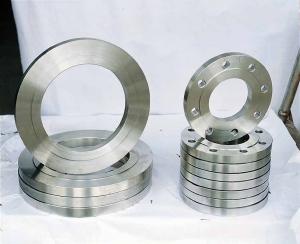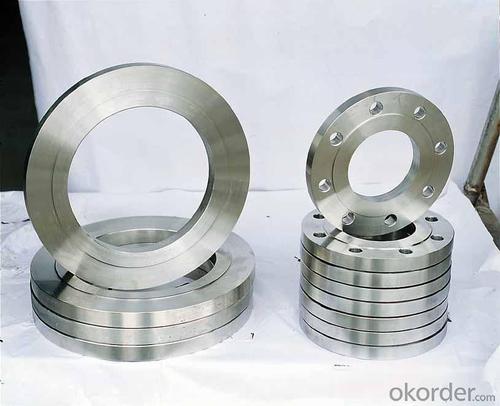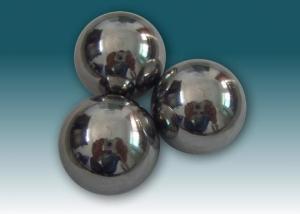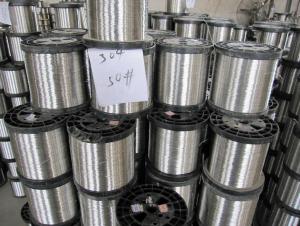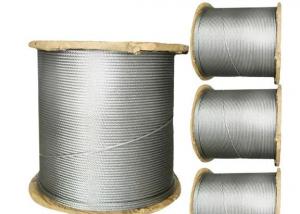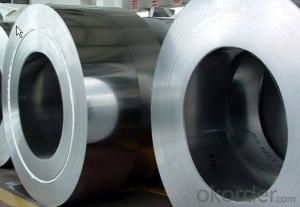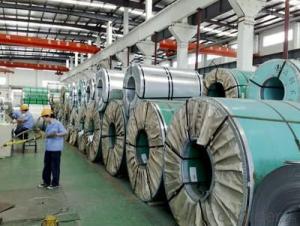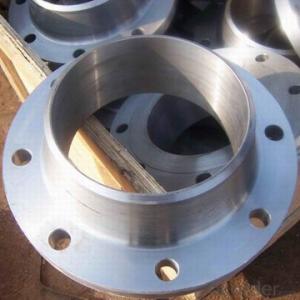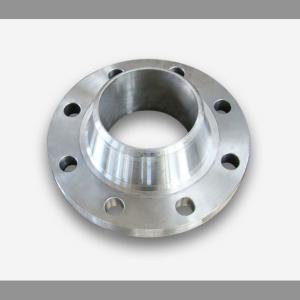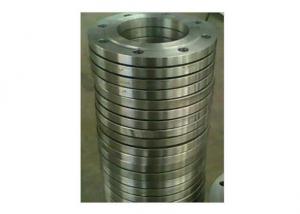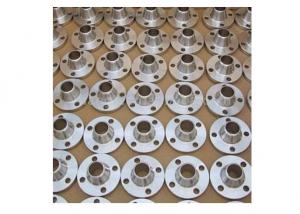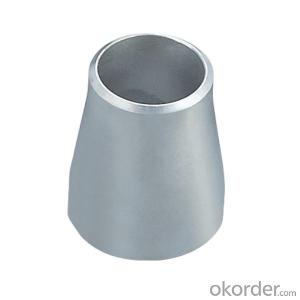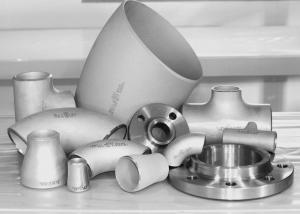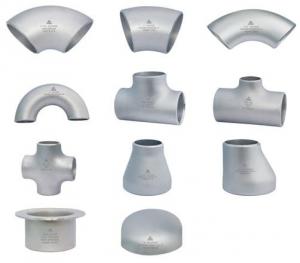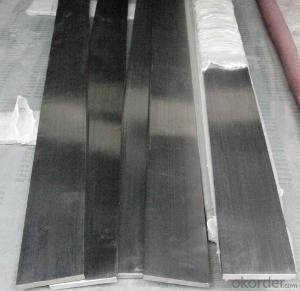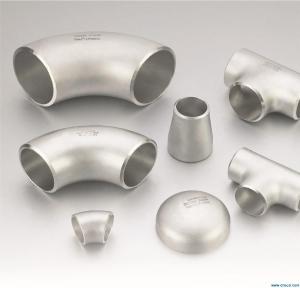Stainless Steel Socket Welding Flange
- Loading Port:
- China Main Port
- Payment Terms:
- TT or LC
- Min Order Qty:
- 5 Pieces pc
- Supply Capability:
- 1000 Pieces Per Month pc/month
OKorder Service Pledge
OKorder Financial Service
You Might Also Like
Stainless Steel Fittings
Specifications Features:
1) Carbon steel fitting and stainless steel fitting
2) Standard: ASME, ANSI, API, JIS
1. BUTT WELDED FITTING:
2. Production acc. to the standard of GB /ASTM / ASME / DIN / JIS
ASTM B 16.9 /16.11 B 16.28 JIS B 2311/2220 DIN2617/2616/2615/2391
3. Types: Elbows, seamless and welded, LR & SR ,Bend -Equal and reducing Tees,
seamless and welded - Concentric and eccentric Reducers,seamless and welded -Caps
4. Wall thickness: From Sch5 up to Sch160/STD/XS/XXS
5. Material Grades: A403,WP304, WP304L, Wp316, WP316L, A234WPB
6. Dimensions: Seamless: from 1/2' up to 24'
7. size: From 1/2" up to 72"
Outer packing:Seaworthy plywood case
|
Grade |
TP304,TP304L,TP321,TP316L,TP310S etc. |
|
connection |
welding |
|
techniques |
forged |
|
Surface finishing |
180/240/320/400 grit |
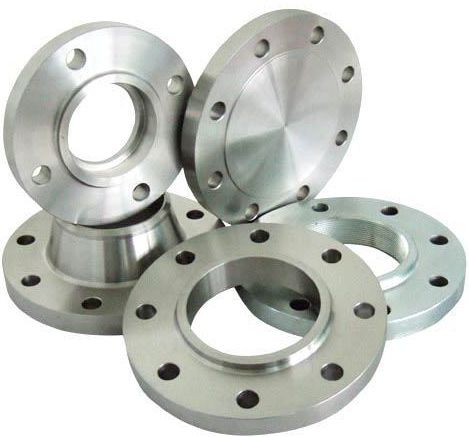
- Q: Are stainless steel flats suitable for structural applications?
- Yes, stainless steel flats are suitable for structural applications. Due to their high strength, corrosion resistance, and durability, stainless steel flats are commonly used in various structural applications where strength and longevity are essential, such as construction, bridges, and industrial infrastructure.
- Q: What is the thickness range of stainless steel flats?
- Depending on the specific type and grade of stainless steel, the thickness of stainless steel flats can vary. These flats can range in thickness from 0.5mm to over 100mm, depending on their intended usage and desired mechanical properties. To determine the suitable thickness range for a specific application, it is crucial to refer to the relevant standards and specifications for the chosen stainless steel grade.
- Q: How do you determine the straightness of stainless steel flats?
- There are several methods available to determine the straightness of stainless steel flats. Visual inspection is a common technique where a straightedge or straight bar is used to assess any visible deviations from straightness. This method is effective for smaller flats or those with minimal curvature. For larger or more critical applications, more precise methods are used. Precision measuring tools like dial indicators or laser measuring devices provide accurate measurements of any deviations from a straight line, allowing for a quantitative assessment of flatness. The straightness gauge method is another technique employed. This method involves using a specialized instrument with rollers placed along the length of the stainless steel flat. These rollers detect any variations in flatness and provide an overall measurement of straightness. It is important to consider that the acceptable level of straightness depends on the application and industry standards. Referring to relevant specifications or seeking advice from experts is crucial in determining the appropriate tolerance for a given stainless steel flat.
- Q: How do stainless steel flats resist embrittlement?
- The primary reason why stainless steel flats are resistant to embrittlement is because of their composition and specific heat treatment processes. Unlike other types of steels, stainless steel contains a high amount of chromium, which creates a protective oxide layer on the material's surface. This layer acts as a barrier, preventing corrosive agents from penetrating the steel and causing embrittlement. In addition, stainless steel flats go through specific heat treatments, such as annealing or solution annealing, which help restore the material's ductility and toughness. These treatments involve heating the stainless steel to a specific temperature range and then slowly cooling it down. This allows the steel's internal structure to reorganize and reduces the presence of brittle phases. Furthermore, stainless steel flats often contain other alloying elements like nickel and molybdenum, which enhance the material's resistance to embrittlement. These elements contribute to the formation of a stable microstructure that can withstand various environmental conditions and stress levels without compromising its mechanical properties. Overall, the combination of the chromium oxide layer, specific heat treatments, and alloying elements in stainless steel flats ensures their resistance to embrittlement. This makes them a reliable choice for applications where durability, strength, and corrosion resistance are of utmost importance.
- Q: What are the machining properties of stainless steel flats?
- The machining properties of stainless steel flats are generally praised for their excellence. Stainless steel is renowned for its exceptional machinability, enabling a variety of cutting and shaping processes. It is relatively effortless to work with, allowing for drilling, milling, turning, or tapping with relative ease. Stainless steel flats exhibit remarkable resistance to wear and corrosion, rendering them suitable for a broad range of applications. They can be machined to exact dimensions and tolerances, making them perfect for use in precision engineering and manufacturing industries. Nevertheless, it is crucial to note that the machining properties of stainless steel flats can vary depending on the specific grade and composition of the stainless steel. Certain grades of stainless steel may possess higher hardness or increased levels of carbon, which can impact machinability. Therefore, it is essential to select the appropriate grade of stainless steel flat based on the specific machining requirements and desired outcome. Furthermore, proper machining techniques and tools must be employed when working with stainless steel flats to ensure optimal results. This may entail utilizing sharp cutting tools, appropriate cutting speeds and feeds, and sufficient cooling or lubrication to prevent overheating and maintain material integrity. All in all, stainless steel flats offer commendable machining properties, enabling precise and efficient shaping and fabrication. Their corrosion resistance and durability also make them the preferred choice for numerous industries that require high-quality and long-lasting components.
- Q: Can stainless steel flats be used in the manufacturing of architectural canopies?
- Architectural canopies can indeed incorporate stainless steel flats within their manufacturing process. Due to its exceptional durability, resistance to corrosion, and aesthetic charm, stainless steel remains a preferred option for architectural applications. By employing stainless steel flats, one can establish a robust and stable framework or support structure for the canopy. Furthermore, stainless steel offers the flexibility of various finishes, including polished, brushed, or textured, enabling the creation of diverse architectural styles and designs. In summary, stainless steel flats serve as a dependable and adaptable material for the production of architectural canopies.
- Q: Can stainless steel flats be used in the production of cutlery?
- Yes, stainless steel flats can be used in the production of cutlery. Stainless steel is a popular choice for cutlery due to its corrosion resistance, durability, and aesthetic appeal. Stainless steel flats can be shaped and formed into various cutlery items such as knives, forks, spoons, and other utensils. The flat shape of stainless steel flats allows for easier manipulation and customization according to the desired cutlery design. Additionally, stainless steel flats can be polished to enhance their visual appeal and provide a smooth and shiny surface for cutlery. Overall, stainless steel flats are a suitable material for the production of cutlery due to their properties and versatility.
- Q: How do I calculate the deflection of a stainless steel flat?
- To calculate the deflection of a stainless steel flat, you can use the formula for deflection of a beam. The formula is: δ = (5 * w * L^4) / (384 * E * I) Where: δ = deflection of the beam w = uniform load applied to the beam L = length of the beam E = modulus of elasticity of the stainless steel I = moment of inertia of the beam By plugging in the appropriate values for the load, length, modulus of elasticity, and moment of inertia, you can calculate the deflection of the stainless steel flat.
- Q: Can stainless steel flats be phosphated?
- Phosphating stainless steel flats is not possible. Phosphating is a procedure that applies a phosphate coating to improve corrosion resistance and facilitate paint adhesion. Nonetheless, stainless steel already possesses exceptional corrosion resistance thanks to its high chromium content, which creates a protective oxide layer on the surface. Thus, there is no necessity to phosphatize stainless steel flats.
- Q: What is the electrical resistivity of stainless steel flats?
- The electrical resistivity of stainless steel flats can vary depending on the specific grade and alloy composition of the stainless steel being used. However, in general, stainless steel has a relatively high electrical resistivity compared to other metals. This is due to the presence of chromium and other alloying elements that contribute to the passive oxide layer on the surface of stainless steel, which acts as an insulator. The resistivity of stainless steel flats typically ranges from about 70 to 80 microohm-cm (µΩ·cm) at room temperature. However, it is important to note that this value can change with temperature and other factors such as impurities and the presence of foreign substances. Therefore, it is always recommended to consult the specific technical data provided by the manufacturer or supplier for accurate and up-to-date information on the electrical resistivity of stainless steel flats.
1. Manufacturer Overview
| Location | Zhejiang, China |
| Year Established | 2010 |
| Annual Output Value | above US$16 million |
| Main Markets | East Asia, Middle East. |
| Company Certifications |
2. Manufacturer Certificates
| a) Certification Name | |
| Range | |
| Reference | |
| Validity Period |
3. Manufacturer Capability
| a) Trade Capacity | |
| Nearest Port | Shanghai |
| Export Percentage | |
| No.of Employees in Trade Department | above 10 people |
| Language Spoken: | English, Chinese |
| b) Factory Information | |
| Factory Size: | about 30000 square meter |
| No. of Production Lines | above 7 |
| Contract Manufacturing | OEM Service Offered |
| Product Price Range | Average |
Send your message to us
Stainless Steel Socket Welding Flange
- Loading Port:
- China Main Port
- Payment Terms:
- TT or LC
- Min Order Qty:
- 5 Pieces pc
- Supply Capability:
- 1000 Pieces Per Month pc/month
OKorder Service Pledge
OKorder Financial Service
Similar products
Hot products
Hot Searches
Related keywords
